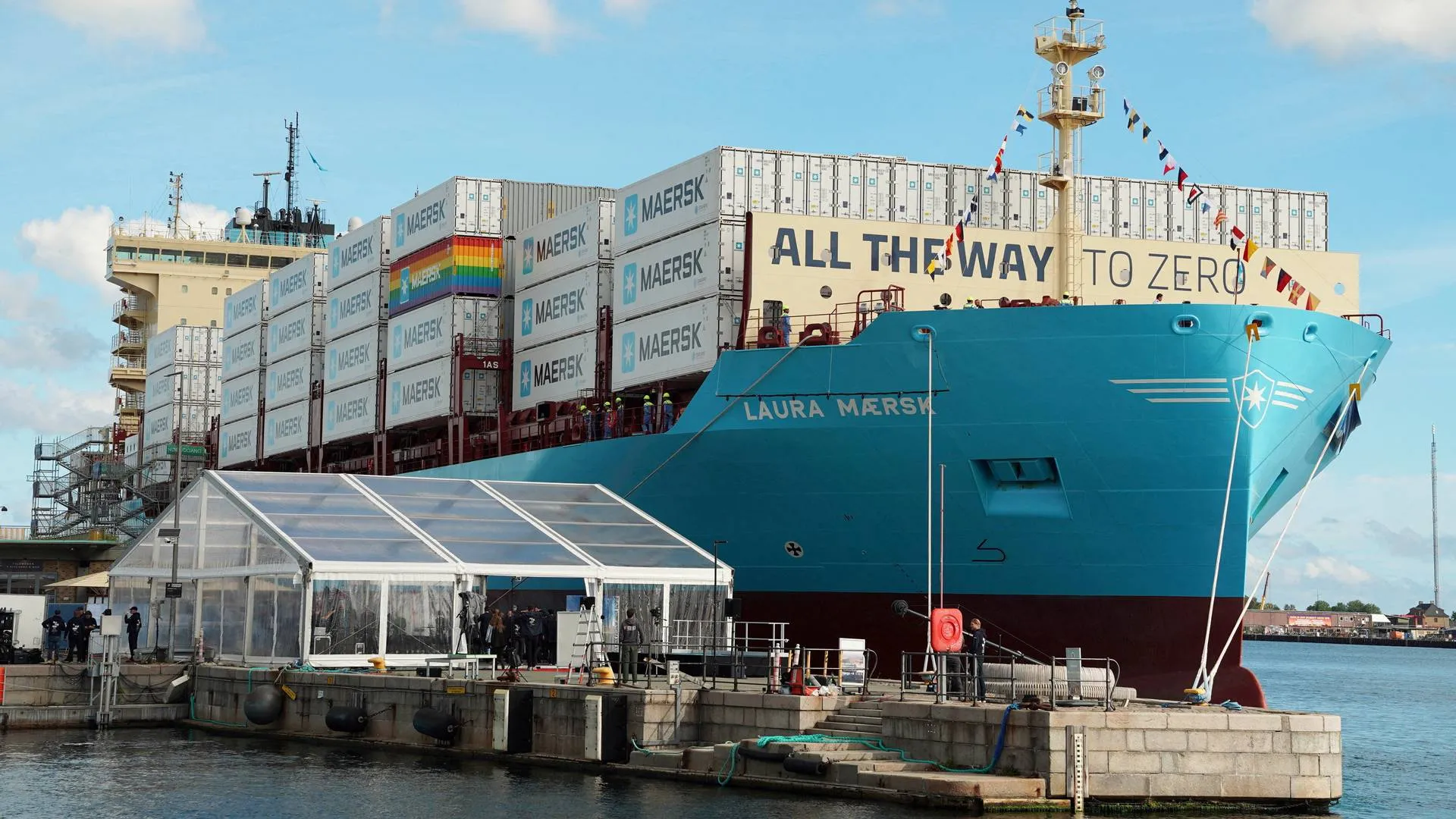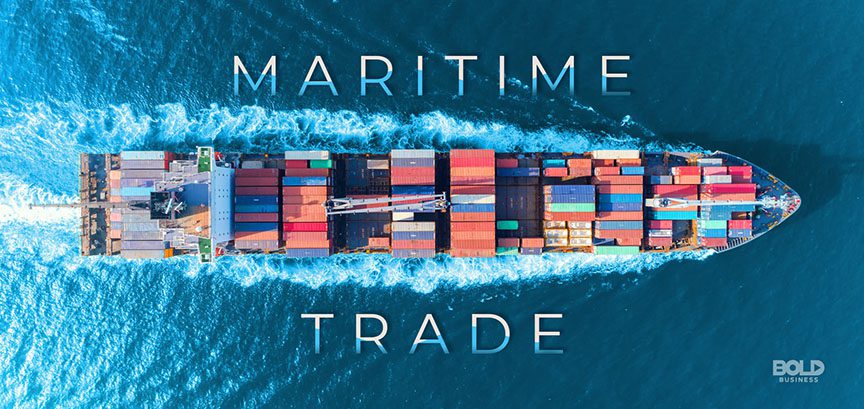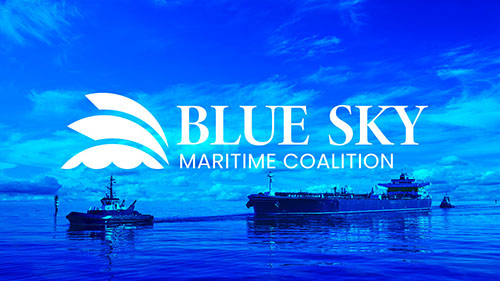1. Port and Terminal Information
1.1 Mukho Port operates 24/7, but specific terminals may have restricted working hours based on cargo type. Confirm with Port Control before arrival.
1.2 Main commercial terminals:
– Mukho Pier 1: Max LOA 180m, draft 10.5m, 2 × 30t cranes (KHOA Port Directory 2024), berth length 250m, concrete deck strength 5t/m².
– Mukho Pier 2: Max LOA 150m, draft 8.5m, 1 × 25t crane, berth length 200m, dedicated container handling area with 2 RMGs.
– Mukho Oil Wharf: Max LOA 220m, draft 12.8m, vapor recovery system mandatory for tankers (MOF Regulation No. 2023-15), maximum loading rate 3,000m³/hr.
1.3 New Bulk Terminal (operational since 2023):
– Max LOA 200m, draft 11.2m
– Grain/coal capacity 5,000 MT/day (Port Authority Notice 2023/07)
– Equipped with 2 × 40t grab cranes and conveyor system
1.4 Night navigation permitted only for vessels <150m LOA with prior approval (Port Ordinance Article 12-3).
1.5 Passenger Terminal:
– Max LOA 120m, draft 6.5m
– Gangway requirements: minimum width 1.2m with handrails both sides
2. Navigation and Pilotage
2.1 Compulsory pilotage zone starts at 2nm from breakwater. Pilot boarding position: 37°33’N 129°07’E (KHOA Notice 2023-12).
2.2 Main channel characteristics:
– Depth maintained at 12m (KHOA survey 2024-01)
– Width 200m between buoys R2 and R4
– Silting may occur NE of Pier 1 – verify with latest Admiralty Notice
2.3 Secondary channel (to Oil Wharf):
– Depth 11m, width 100m
– Daylight transit only for vessels >10,000 DWT
– Maximum speed 8 knots
2.4 Tidal information:
– Range: 0.3m (neap) to 0.8m (spring)
– Currents rarely exceed 1.5 knots except during winter NW monsoon (KHOA Tidal Tables 2024)
– Highest astronomical tide: 0.9m
2.5 Mandatory AIS transmission within 5nm of port entrance (Korea Shipping Safety Act Article 32-2).
2.6 New regulation: Vessels >20,000 GT must submit passage plan 24h before arrival (Port Marine Safety Circular 2024-05).
3. Anchorage Regulations
3.1 Designated anchorage areas:
– Primary: 37°34’N 129°06’E to 37°35’N 129°08’E (depth 18-25m)
– Secondary: 37°33.5’N 129°05’E to 37°34’N 129°06’E (depth 15-20m)
3.2 Prohibited areas:
– Within 0.5nm of submarine cable area (marked on ECDIS)
– Within 1nm from fish farms (Maritime Safety Board Notice 2024-03)
– Within 0.3nm of LNG terminal exclusion zone
3.3 Notification requirements:
– 2-hour notice before anchoring (VHF Ch 16/14)
– Daily position reports at 0800 and 2000 local time
3.4 Emergency anchorage (37°36’N 129°05’E):
– Reserved for vessels with mechanical failures
– Prior Coast Guard approval required
– Maximum stay 72 hours
4. Cargo Operations
4.1 Steel coil loading:
– Mandatory use of edge protectors and certified lashing materials (Korea OSHA Standard 102.3)
– Maximum stack height: 3 layers for coils >10t (Port Cargo Manual 2023)
– Temperature monitoring required for coils >60°C
4.2 Timber cargo:
– Fumigation certificate required if transiting through SE Asian ports
– Deck load limited to 4m height for stability (IMO MSC/Circ.1353)
– Minimum 50mm dunnage spacing for ventilation
4.3 Hazardous materials:
– Stowage plan must be submitted 48h prior arrival (Port Ordinance Article 17)
– Class 1 explosives require separate berth arrangement (24h notice)
– IMDG Code compliance certificate mandatory
4.4 New regulations:
– Grain cargoes must provide moisture content certificate (MOF 2024-21)
– Container weight verification required for all export boxes
– Mandatory twist lock inspection before loading
5. Safety and Emergency
5.1 Drills and training:
– Monthly fire drills required for vessels staying >15 days (Mukho Port Safety Code 5.2.1)
– Quarterly abandon ship drills must be logged
5.2 Oil spill response:
– Equipment must be ready for deployment within 30 minutes (Coast Guard Regulation 2022)
– Minimum boom length: 200m for tankers >10,000 DWT
5.3 Emergency contacts:
– Port Control VHF Ch 14 (24h)
– Coast Guard VHF Ch 16 (primary distress)
– Medical emergency (Port Clinic)
5.4 Operational safety:
– Gangways must be illuminated at night and fitted with safety nets
– Minimum safe working load 500kg
– No smoking zones strictly enforced in cargo areas
6. Environmental Compliance
6.1 Ballast water management:
– Logbook must record volumes, coordinates, and salinity (MOF Notice 2021-89)
– Non-compliant vessels face fines up to KRW 50 million (Revised Marine Environment Act 2023)
– Sampling portside testing may be conducted
6.2 Waste management:
– Prohibited to discharge any bilge water within port limits
– Shore reception facilities fee: KRW 120,000/ton
– Separate collection for food waste mandatory
6.3 Air emissions:
– Vessels at berth must use shore power or compliant fuel (max 0.1% sulfur)
– Real-time stack monitoring required for vessels >5,000 GT (Green Port Initiative 2024)
– NOx Tier III standards apply to vessels built after 2021
7. Crew Requirements
7.1 Shore access:
– Permitted with valid passport and vaccination certificate
– Curfew 2300-0500 for crew on shore leave
7.2 Crew changes:
– Require 72h prior notice to Immigration Office via agent
– Health declaration forms mandatory
7.3 Medical provisions:
– Waste disposal through licensed contractors only
– Mandatory first aid kit inspection on arrival
7.4 New requirements:
– Crew training certificates verification for dangerous goods vessels (MOF 2024-08)
– Cybersecurity awareness training records may be inspected
8. Additional Notices
8.1 Winter operations (Dec-Mar):
– Ice accumulation on decks must be removed before departure
– Tugs on standby when temperature drops below -5°C
– Heating arrangements required for vulnerable equipment
8.2 Typhoon season (Jun-Sep):
– Mandatory double mooring lines when wind exceeds Beaufort 6
– Evacuation protocol activated for winds >25m/s
– Emergency bunker stock recommended
8.3 Incentives:
– Port dues discount (5%) for low-sulfur fuel users
– Green ship certification reduces waste fees by 20%
8.4 Security measures:
– Pre-arrival IT system checks required (Korea Maritime Security Bulletin 2024-02)
– Restricted areas marked with biometric access control
9. Important Contacts
10.1 Port Control: VHF Ch 14/16
10.2 Coast Guard Emergency: VHF Ch 16
10.3 Port Health Office
10.4 Customs Clearance





